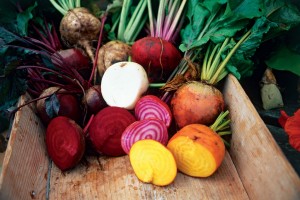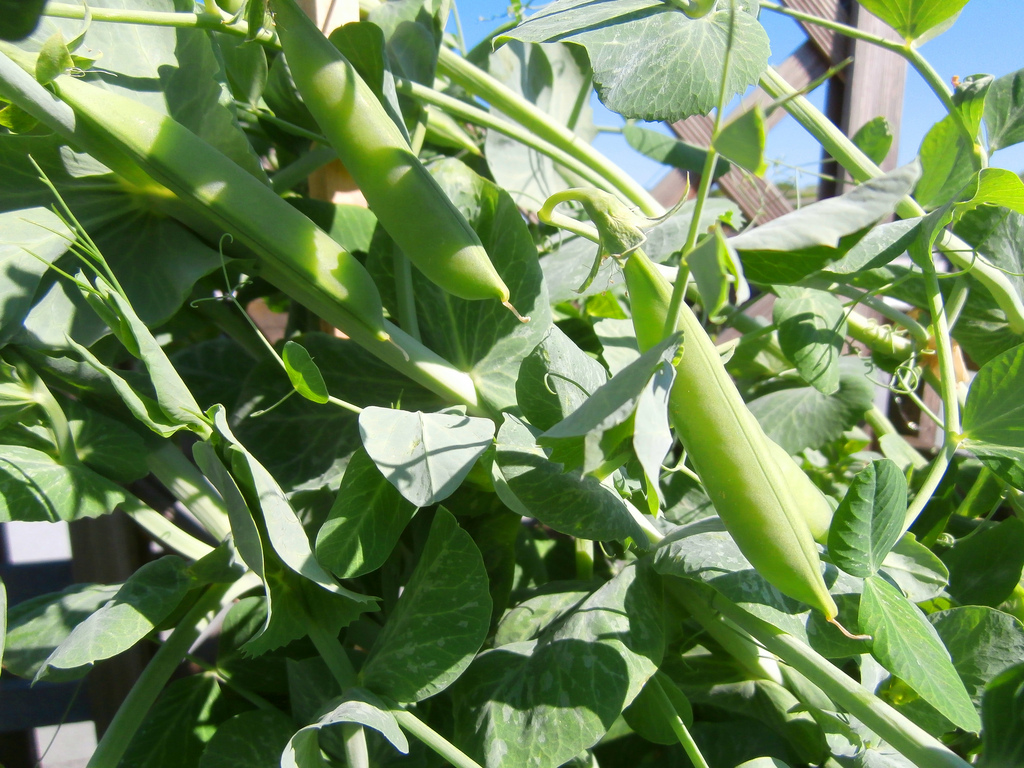 Root vegetables are both easy to grow and good for you, which is why they are an excellent addition to any garden. Usually the first thing that people think of when they hear the words “root vegetables” are potatoes, however, there are many other varieties that should not be forgotten about. The vegetables listed below can be used in soups and stews, roasted, baked, and added to everything from casseroles to salads. Consider planting some of these in your garden:
Root vegetables are both easy to grow and good for you, which is why they are an excellent addition to any garden. Usually the first thing that people think of when they hear the words “root vegetables” are potatoes, however, there are many other varieties that should not be forgotten about. The vegetables listed below can be used in soups and stews, roasted, baked, and added to everything from casseroles to salads. Consider planting some of these in your garden:
Carrots – The most popular color of carrots, at least in the United States, is orange. However, they can come in numerous other colors as well, including purple and white. Carrots don’t like weather that is too hot or too cold, although this can vary depending on the specific variety chosen. They also prefer soil that isn’t too acidic. In order to ensure that carrots will grow successfully in your garden, test your soil and check with your local garden supply store before planting.
Turnips – Turnips like full sun and rich soil that doesn’t drain overly fast. They mature in around 60 days, but can take as long as 85, depending on the size and flavor of turnip that you’re looking for. In some climates, turnips can be planted as late as August, but this is primarily in cooler climates. Those who live in hotter ones will find that their turnips don’t grow as large.
Parsnips – Growing parsnips takes some patience, as it could be as long as three weeks before the seedlings begin to poke out of the ground. Once they do, it will take around 120 to 180 days before they are large enough to harvest. Because of this, parsnips need to be planted in the late fall along with the other winter vegetables in your garden. They thrive in cooler weather and are closely related to the carrot. Once you cut into a parsnip, you’ll notice its yellow flesh and an almost floral smell.
Radishes – Radishes grow very quickly – in around 2 to 3 weeks – and love cooler weather. You can start planting them the second your ground thaws out and keep planting them until the weather gets to be too warm. If you live in a warmer climate, the radish is a great vegetable to plant in the winter. There are many different types of radishes available, and the heirloom varieties are making a comeback. Consider planting one of these more unique types in your garden: Rat Tail Radish, Japanese Daikon and Black Spanish Round. All will make your salads, soups and other dishes a little more interesting.
Rutabagas – The rutabaga is closely related to the turnip, and is similar in shape and size. The only difference is the color – rutabagas have maroon skin and yellow flesh, whereas turnips are more purple and white. They thrive in cooler weather, and should be planted in the late fall, around 90 days before the first frost. Rutabagas like moist soil and need to be placed about 6 inches apart in order to have enough room to grow.
Pic by Skånska Matupplevelser




No comments yet.